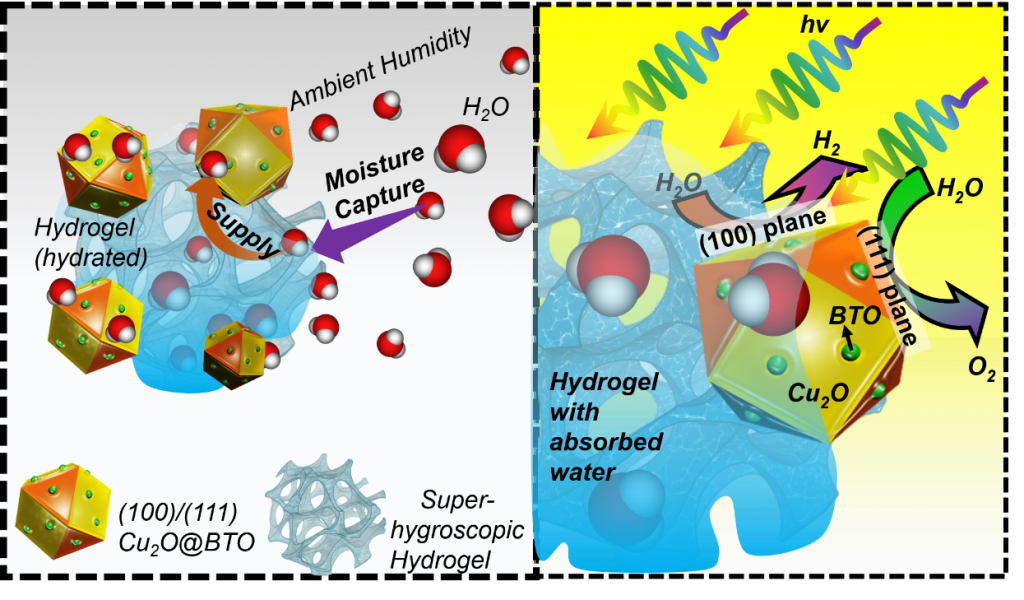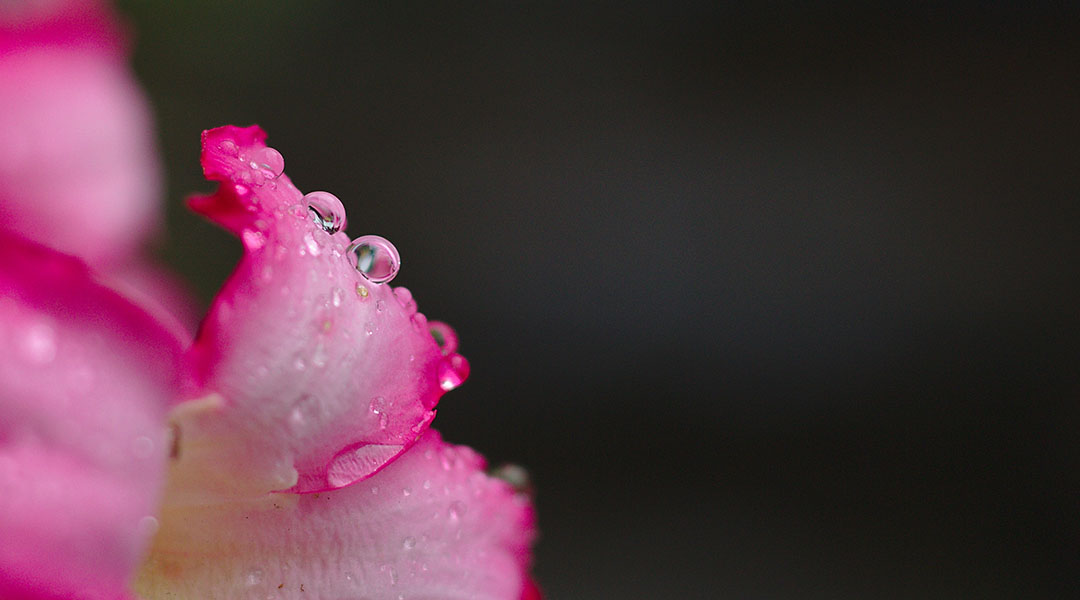
The tropical region of our planet covers approximately 40% of the total land area and houses about 40% of the world’s population. Residing in a tropical country means combating high levels of relative humidity throughout the year – especially on warm days.
Relative humidity affects the way in which we perceive temperature. It makes hot days feel even hotter since evaporation of sweat from the human body takes longer. Maintaining comfort under humid conditions accounts for almost 40% of a country’s total expenditure. With a peaking global energy demand, the need to develop an alternative, sustainable, and less-energy-intensive technique to maintain thermal comfort is the order of the day.
Humidity is often considered a redundant resource, however, in their recent article in Advanced Materials, Professor Swee Ching Tan and his co-workers from National University of Singapore report a self-sustainable solution to combat the “sticky heat” problem.
Taking inspiration from some flora and fauna found in nature and having recognized their unique water-harvesting abilities that fuel their survival, the team has developed materials for harnessing ambient humidity as a potential resource. Capturing atmospheric moisture leads to effective dehumidification of closed spaces and integration of photocatalytic semiconductors to the hydrogel aids in generating energy from humid air; much like the process of photosynthesis that happens in plants. The result is a path toward attaining thermal comfort at zero energy expense.
This approach involves integrating a superhygroscopic gel-like concoction that absorbs an enormous amount of water from ambient humid air with semiconducting photocatalytic nanoparticles that help in splitting the absorbed water. Two versions of the superhygroscopic hydrogel – zinc-based and cobalt-based – were explored. Both these hydrogels have an enormous “thirst” for air moisture that enables them to absorb water from humid air to more than four times their own weight. A semiconducting light-active copper-based material was used to synthesize Cu2O nanoparticles, which aid in breaking down the absorbed water molecules to evolve hydrogen and oxygen. These nanoparticles distribute throughout the hydrogel matrix to fabricate the hybrid system.
“Interestingly it was found that in Cu2O nanoparticles, there exists a built-in polarized electric field between their two crystal planes and when illuminated with light,” says Dr. Tan, one of the study’s authors. “This built-in field is responsible for breaking down the absorbed water molecules.”
Crystal-plane engineering was used to fine-tune and enhance the moisture-breakdown process of the nanoparticles by integrating it with barium titanate (BaTiO3 or BTO) in a favorable orientation. The built-in electric field of the nanoparticles was enhanced by the BTO particles, leading to a more efficient charge separation and transfer and higher efficiencies of water splitting. “This system proves to be effective and self-sustaining in dehumidifying enclosed spaces,” says Tan. “The reason being the absorption of moisture from the humid air and breaking down of the absorbed water happens in tandem. The presence of the light-active nanoparticles prevents the hydrogel from reaching saturation in water absorption.”
With reliance on air-conditioning reaching new heights in many parts of the globe, there is a huge increase in energy consumption and global greenhouse emissions. This system, coupled with a fan, assists in easing the thermal discomfort caused by high levels of relative humidity, leading to a cleaner and greener world.

















